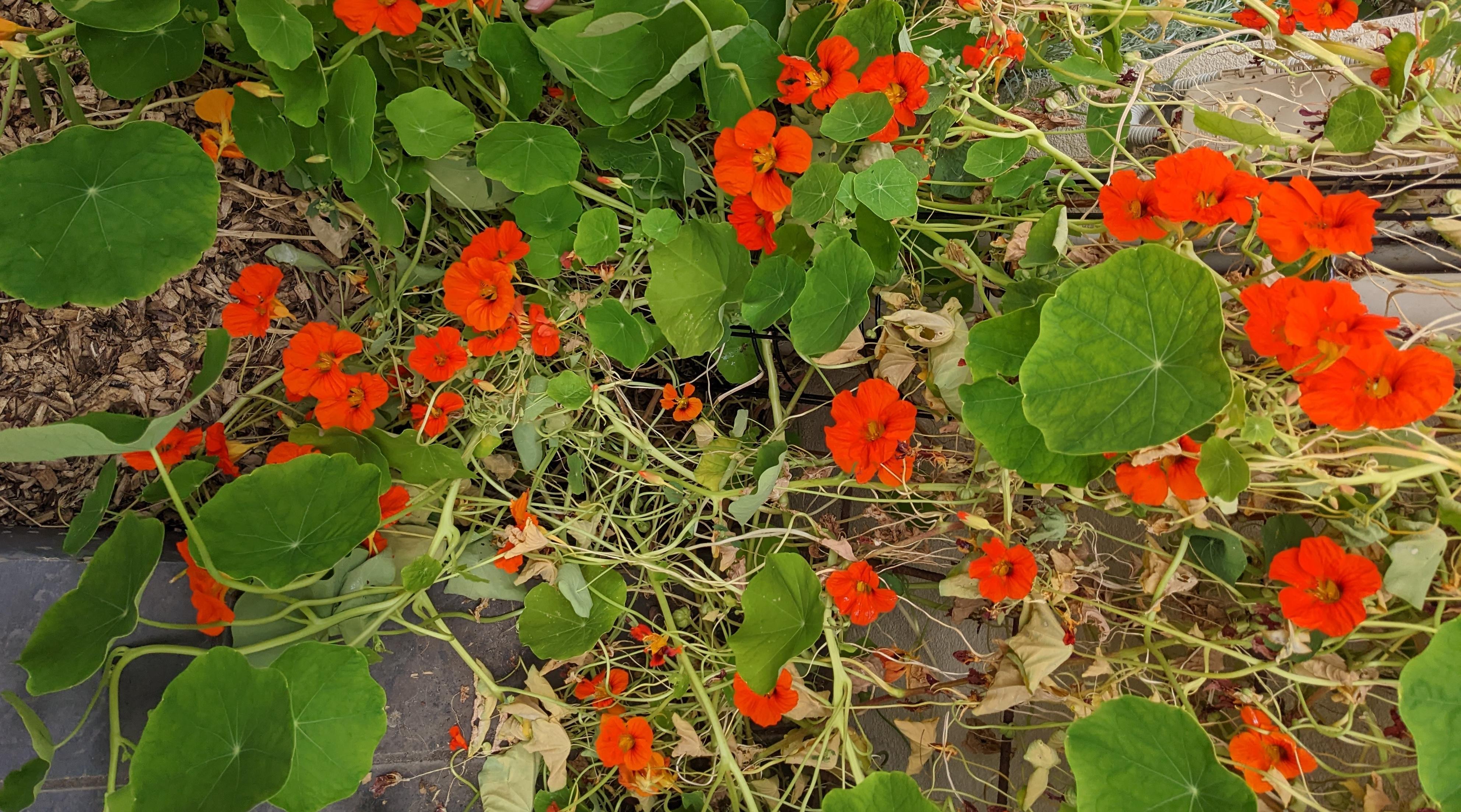
By Josh • Last updated October 4, 2024
10 Best Companion Plants for Organic Tomatoes in 2024: Boost Your Garden's Health and Yield
Discover the top 10 companion plants for organic tomatoes in 2024. Learn how to naturally improve your tomato yield, fight pests, and create a thriving garden ecosystem!
Are you ready to take your organic tomato game to the next level? Companion planting isn’t just gardening folklore – it’s a scientifically-backed method to improve your tomato yield, enhance flavor, and create a thriving garden ecosystem. In this guide, we’ll explore the top 10 companion plants that will have your tomatoes living their best life in 2024.
Why Companion Planting Matters for Organic Tomatoes
Before we dive into our top 10 list, let’s understand why companion planting is crucial for organic tomato gardening:
- Natural Pest Control: Certain plants repel or distract pests that commonly attack tomatoes.
- Improved Nutrient Uptake: Some companions enhance soil quality or help tomatoes access nutrients more effectively.
- Enhanced Flavor: Believe it or not, some plants can actually improve the taste of your tomatoes!
- Efficient Space Utilization: Companion planting allows you to maximize your garden space.
Top 10 Companion Plants for Organic Tomatoes
1. Basil: The Flavor Booster
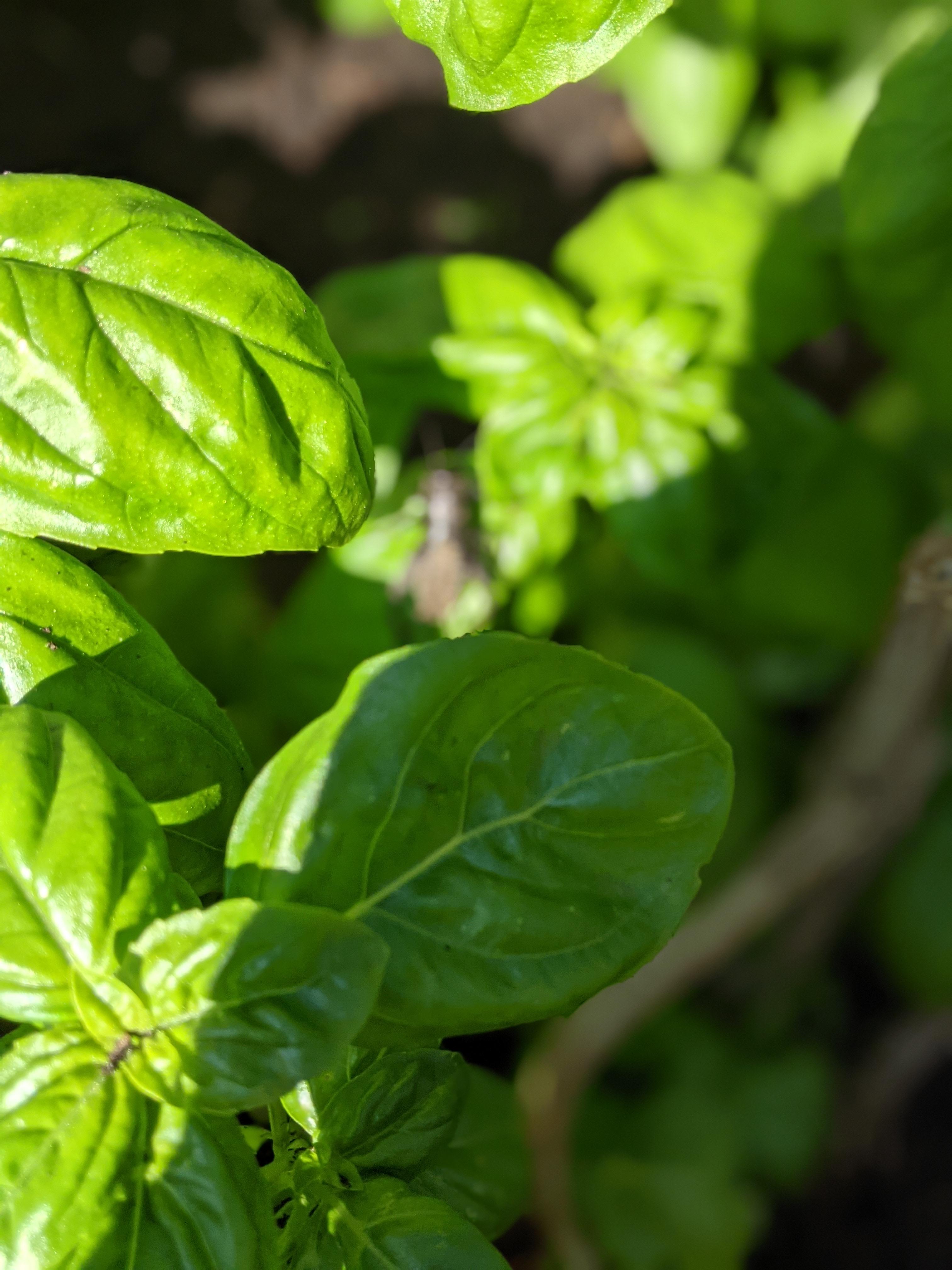
Basil isn’t just for pesto – it’s a tomato’s best friend! Here’s why:
- Flavor Enhancement: Basil can improve the flavor of your tomatoes.
- Pest Repellent: It deters flies and mosquitoes.
- Recommended Varieties: Sweet basil, Thai basil, or lemon basil.
Pro Tip: Plant basil around the base of your tomato plants for maximum benefit.
2. Marigolds: Nature’s Pest Control
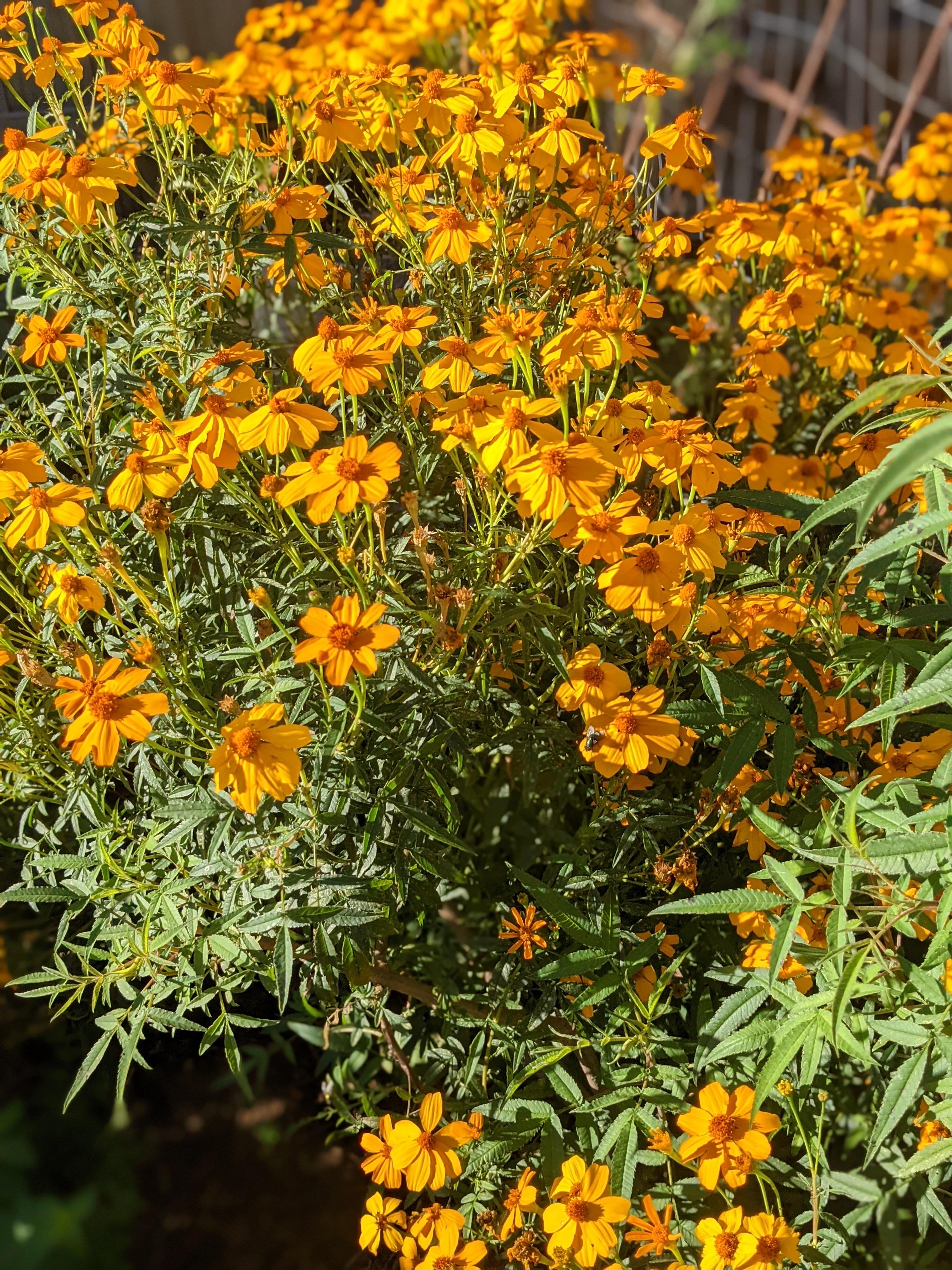
These bright flowers aren’t just pretty – they’re powerful pest deterrents:
- Pest Repellent: Marigolds repel nematodes, whiteflies, and tomato hornworms.
- Planting Strategy: Create a border of marigolds around your tomato patch.
- Added Benefit: Their bright colors attract pollinators.
3. Carrots: The Underground Allies
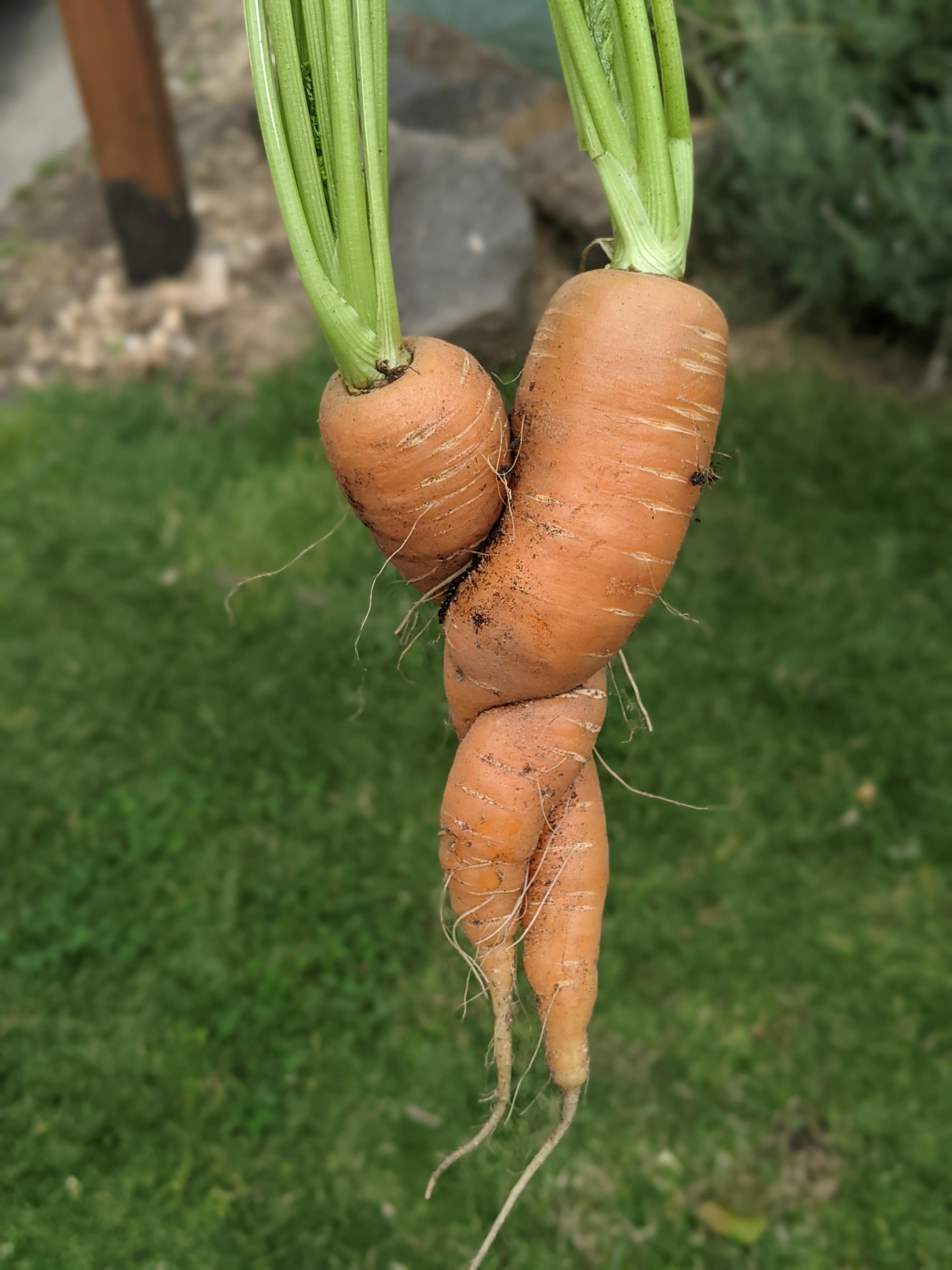
Carrots and tomatoes form a mutually beneficial relationship:
- Soil Improvement: Carrots loosen the soil, benefiting tomato roots.
- Space Maximization: Plant carrots between tomato plants to use space efficiently.
- Tip: Harvest carrots before they compete with tomatoes for nutrients.
4. Borage: The Pollinator Magnet
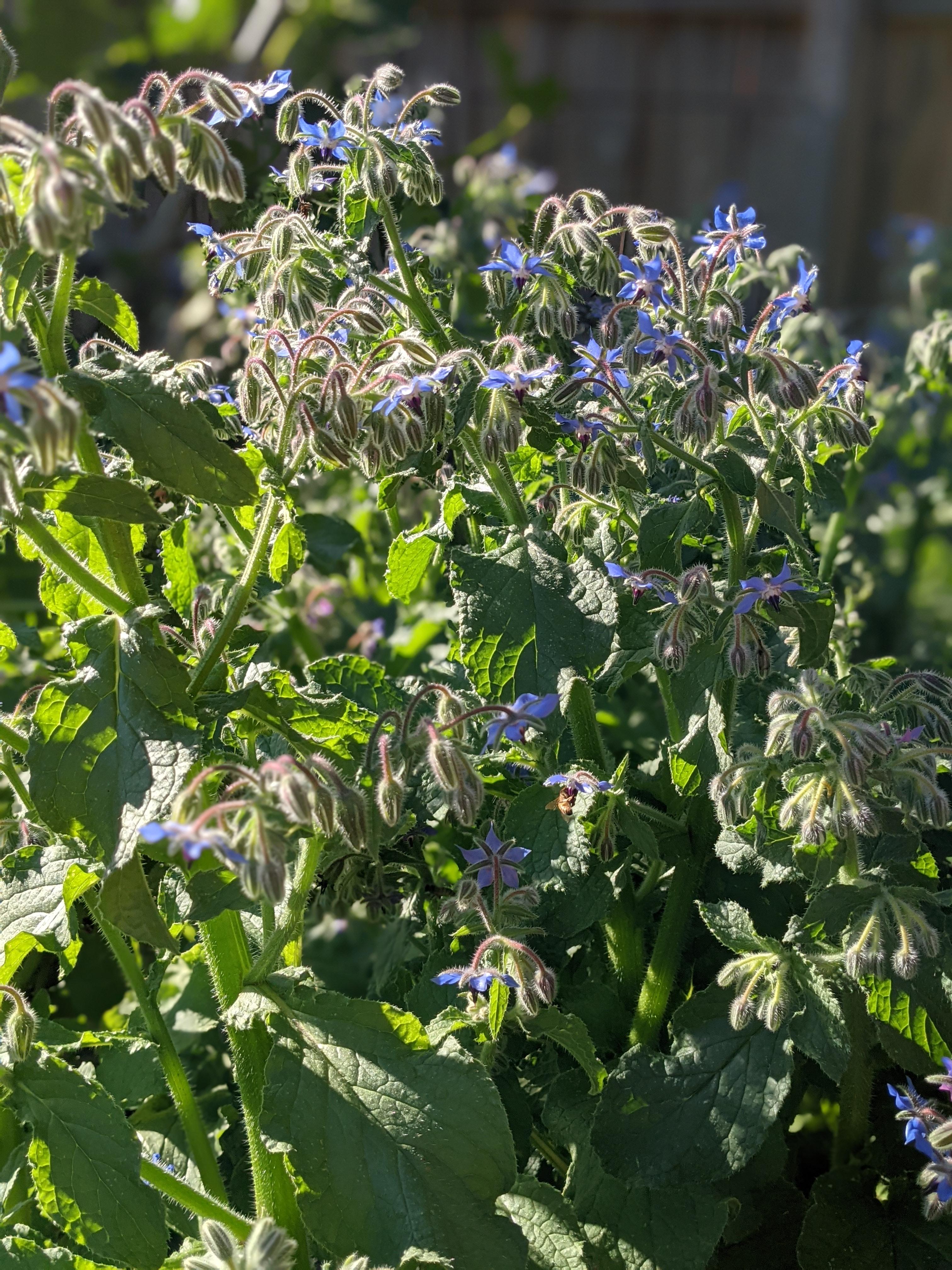
Borage is a powerhouse companion plant:
- Pollinator Attraction: Borage flowers attract bees, improving tomato pollination.
- Growth Stimulation: It’s said to improve tomato growth and fruit set.
- Nutrient Boost: Use borage leaves as a natural fertilizer in compost.
5. Nasturtiums: The Sacrificial Decoy

These edible flowers play a crucial role in pest management:
- Pest Trap: Nasturtiums attract aphids away from your tomatoes.
- Edible Benefits: The flowers and leaves are delicious in salads.
- Planting Strategy: Intersperse nasturtiums throughout your tomato patch.
6. Garlic: The Natural Fungicide
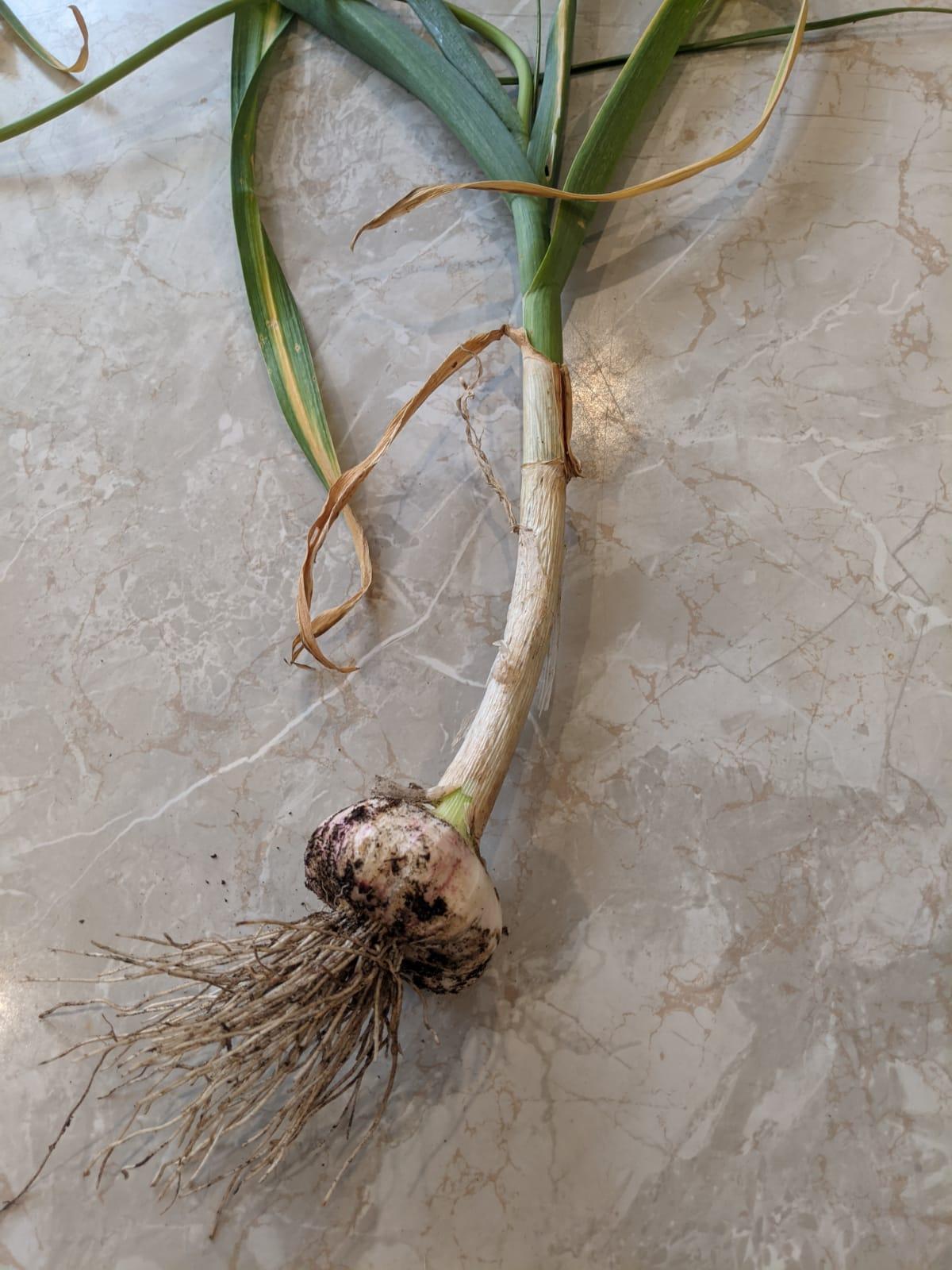
Garlic isn’t just for keeping vampires away – it’s a powerful ally for your tomatoes:
- Antifungal Properties: Garlic helps prevent fungal diseases common to tomatoes.
- Pest Deterrent: Its strong scent repels spider mites and other pests.
- Planting Technique: Plant garlic cloves around the perimeter of your tomato patch.
Pro Tip: For continuous protection, plant garlic every few weeks throughout the growing season.
7. Parsley: The Nutrient Accumulator
This herb does more than garnish your plate – it’s a tomato’s secret weapon:
- Soil Improvement: Parsley’s deep roots bring up nutrients from the subsoil.
- Living Mulch: When planted densely, it acts as a weed-suppressing ground cover.
- Beneficial Insects: Its flowers attract predatory wasps that feed on tomato pests.
Bonus: Parsley is rich in vitamins and makes a great companion in the kitchen too!
8. Asparagus: The Long-Term Companion
For those planning a perennial garden, asparagus and tomatoes make great long-term partners:
- Mutual Benefits: Tomatoes deter asparagus beetles, while asparagus repels nematodes.
- Space Efficiency: Plant tomatoes between asparagus plants during the off-season.
- Nutrient Balance: Asparagus and tomatoes have different nutritional needs, reducing competition.
Planning Tip: Establish your asparagus bed first, as it takes 2-3 years to mature before you can start interplanting tomatoes.
9. Calendula: The Beneficial Insect Attractor
Also known as pot marigold, calendula is a multi-purpose companion for your tomatoes:
- Pest Control: Attracts beneficial insects like lacewings and hoverflies that prey on tomato pests.
- Soil Health: Its roots release substances that support healthy soil microbiology.
- Medicinal Uses: Calendula flowers can be used to make natural pest control sprays.
Garden Hack: Dry calendula petals to make your own organic pest-repelling spray for tomatoes.
10. Lettuce: The Space Maximizer
Lettuce and tomatoes are the perfect pair for gardeners looking to maximize their harvest:
- Shade Utilization: Lettuce thrives in the partial shade provided by tomato plants.
- Soil Moisture: Lettuce acts as living mulch, helping retain soil moisture for tomatoes.
- Continuous Harvest: Practice succession planting of lettuce for ongoing yields.
Efficiency Tip: Choose loose-leaf lettuce varieties for cut-and-come-again harvesting throughout the season.
Companion Planting Strategies for Small Spaces
Don’t let limited space stop you from companion planting! Try these strategies:
- Vertical Gardening: Use trellises for tomatoes and climbing companions.
- Container Combinations: Pair tomatoes with herbs in large containers.
- Raised Bed Planning: Maximize diversity in raised beds with careful planning.
Plants to Avoid Near Your Tomatoes
Not all plants play nice with tomatoes. Avoid planting these nearby:
- Brassicas: Cabbage, broccoli, and kale compete for nutrients.
- Corn: It attracts tomato fruit worm.
- Dill: Once it matures, it can stunt tomato growth.
Implementing Companion Planting in Your Organic Garden
Ready to get started? Follow these steps:
- Create a Layout: Sketch your garden plan, considering sun exposure and plant heights.
- Start Small: Begin with a few companions and expand as you learn.
- Observe and Adjust: Monitor your garden’s health and make changes as needed.
For more tips on growing healthy organic tomatoes, including proper planting techniques, check out our comprehensive guide to growing organic tomatoes.
Conclusion: Your Path to Tomato Success
By implementing these companion planting strategies, you’re not just growing tomatoes – you’re cultivating a thriving, balanced ecosystem in your garden. Remember, successful organic gardening is about working with nature, not against it. Experiment with these companions, observe the results, and enjoy the bountiful, flavorful harvest that follows!
And if you’re wondering about the best way to transplant your tomatoes, don’t miss our article on the right way to transplant tomatoes.
Happy gardening, and may your tomatoes be the talk of the neighborhood in 2024!